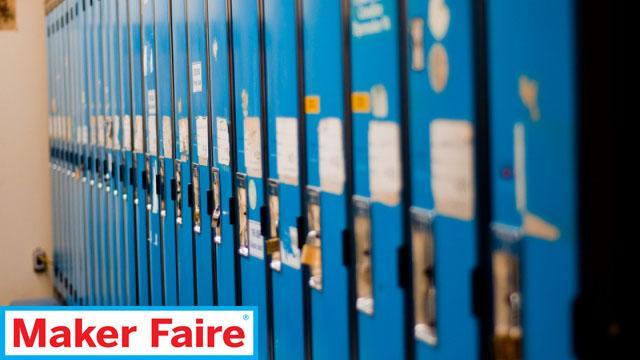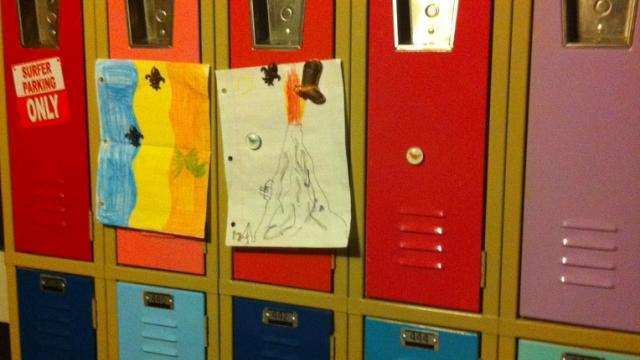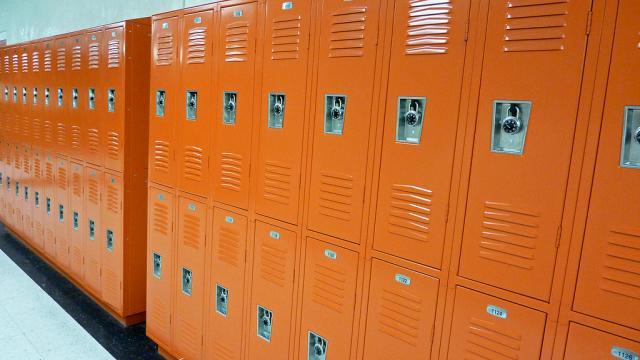My teammate and I put our heads together to come up with fresh ideas for new school lockers. We think that our ideas will please the students as far as features and benefits go. We basically thought about all of the things that we dont like about our lockers that we have/had here at Butler and wrote them down. After we wrote them down we brainstormed to try to come up with ways that we can improve the lockers so that there are more pros than cons when owning a school locker.
Floyd Mason Jr.'s work for the Collect Information step:
Summary
The purpose of a locker is to store things that you either cant or don't want to carry around school with you all day whether it be books, extra clothing, lunch, etc.
This is a good example of what an average student's locker would look like. Most students go...
1 comment
Athletic equipment - may be sweaty and smelly so there should be a small section for me to put them...
As Branden and I were walking to his locker, we saw this locker that wasn't completely closed...
When you think about it, we have been using lockers since preschool, only back then they were...
Most school lockers are made of very cheap, recycled metal. Whether that be Steel or iron or...

















